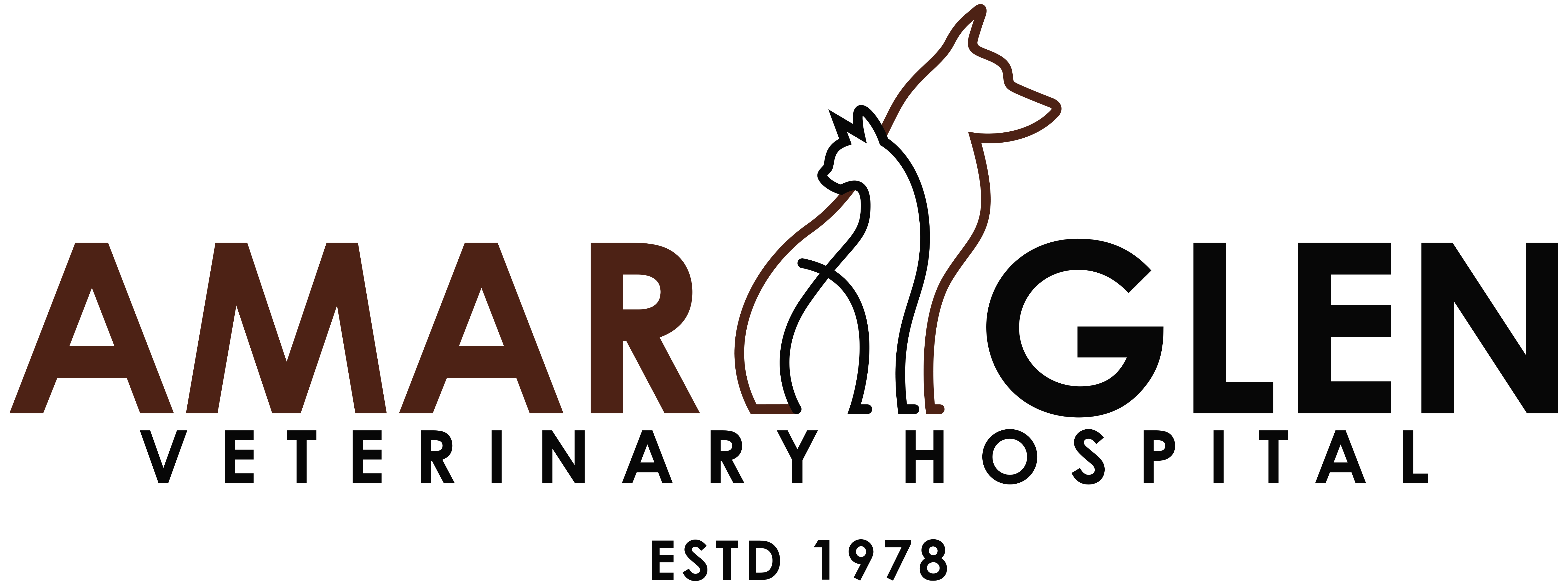Library
-
Ringworm infections in cats are caused by a fungus, not a worm. They can be easily recognized, though definitive testing by fungal culture is recommended. Ringworm is highly contagious and can be spread between animals and from animals to people. The clinical signs, diagnosis, treatment, and risks are explained in this handout.
-
Anesthesia-free dentistry is commonly offered at pet stores and grooming facilities. It is more limited than veterinary dentistry, and often a higher-stress option with more potential for injury from sharp instruments. Dental cleanings should only be performed while your pet is under anesthesia. Your veterinarian will customize your pet's anesthetic plan for your pet's overall health.
-
Rivaroxaban is an anticoagulant used to prevent or treat blood clots in cats and dogs. It is used off label (extra label) in veterinary medicine. Rivaroxaban comes in tablet form. Monitor for unusual bleeding, bruising, pale gums, extreme weakness, collapse, and/or difficulty breathing.
-
A successful road trip with a cat begins long before the day of travel. Teach your cat that the carrier is a great, everyday place to hang out. Take your cat's medical documents with you and be sure your cat wears identification during travel. Take a small supply of the litter your cat's used to and bring along water from home. Consult your veterinarian to create the best travel plan for your cat if she does not travel well.
-
A successful road trip with a dog begins long before the day of travel. If you have a small dog, teach him that his carrier is a great, everyday place to hang out. For larger dogs, there are several well-designed doggy seat belts for restraint in the back seat. Take your dog's medical documents with you and be sure your dog wears identification during travel. Consult your veterinarian to create the best travel plan for your dog if he does not travel well.
-
Robenacoxib (brand name: Onsior) is given by mouth in the form of a tablet to treat pain and inflammation associated with surgery or other musculoskeletal conditions in dogs and cats. Do not use this medication in pets that are allergic to it, or in pets concurrently using corticosteroids or other NSAIDs. If a negative reaction occurs, call your veterinary office.
-
Rocky Mountain Spotted Fever (RMSF) is spread by various species of ticks and is not confined just to the Rocky Mountain regions of North America. Clinical signs can be non-specific and affect multiple body systems. Early diagnosis and treatment give the best prognosis for recovery after treatment with antibiotics. Prevention of tick bites and prompt removal of ticks is important.
-
Ronidazole is an antiprotozoal, antiparasitic medication given by mouth and is used off label to treat Tritrichomonas infections in cats and pet birds, and to treat giardia in dogs and cats. Ronidazole is given by mouth in the form of a capsule or liquid.
-
Ropinirole ophthalmic (Clevor®) is the first FDA-approved drug for inducing vomiting in dogs. Your veterinarian may prescribe this drug off label to use for your dog at home. Ropinirole ophthalmic comes as a single-use dropper for use in the eye.
-
The Rottweiler is protective, but well-bred representatives are loving companions with a noble head, swaggering gait and the general air of a champion.

